We’ve started our visit to Imperial Palace from Otemachi station (left up corner). I have to informed you in advance that the Palace itself is not open to public (only for special occassion), so the sites that open to public are only the garden and its surrounding.
With a bit walk, we arrived in the Kikyobori Moat and entered the Palace garden through Otemon gate (the Great Hand gate). This gate was before the main gate of the Edo Caste
The entry was not crowded at all. There were two locket, one for entry and one for exit. The entry is free and you got an entry card to keep with you while you are inside the Imperial Palace area. I don’t know what was written there, but I guess that the garden is closing at 4:30 pm ;-).
Right after the entrance, we saw the the Sainekan gymnasium on the left and Sannomaru Shozokan (The Museum of Imperial Collection) on the right side. The museum is free of charge and houses several collection of the Imperial Palace such as paintings and calligraphy artifacts. There is also resthouse just beside the Sannomaru Shozokan.
Next we saw the Doshin Basho and Hyakunin Basho. These places were used as the guard houses. Hyakunin Basho were longer house than Doshin Baho, it could housed hundreds of guardsmen.
Right from here, you can clearly see the big stone wall of Nakanomon gate. This wall was part of the former Edo Castle, where the wall were created with “nunozumi” technique, where rows of stone are horizontally laid on top of each other. Metals (iron items) were used to support the wall and copper was used as a coupler.
We continued our visit to the East Garden area. It is a very big garden with several part such as Matsunoohroka corridor and the Honmaru. It was an early April that time, and we were so lucky that the Cherry flowers were still blossoming in the garden. Do you know that there are 30 varieties of cherry trees in this east garden? Check more about cherry blossom here and here.
When you walked in the west side of the east garden, you will see the Fujimitamon (defence house) and Ishimuro cellar (stone cellar used as storage supplies).
The most attractive part of the garden is the remnant of the Edo Castle, Tenshudai Donjon Base. The donjon (tower) is located in the northern corner of the Honmaru site. It is 41 meters width, 45 meters length, and 11 meters height. In this place used to stand 5-storey donjon with 51 meters height (was the highest castle in Japan). The donjon was built in 1607 but destroyed in 1657 due to fire.
Just beside the donjon, on the east side, there is a Tokagakudo (Peach Blossom music hall) which was built in 1964 as commemoration of the birthday of Empress Kojun. The building has an octahedron shape with mosaic tiles.
We continued our visit through the west side of garden, passing the Shiomizaka slope and Hakuchobori moat.
From here, we were heading to Ninomaru Grove and Suwanochaya (teahouse).
The place is so beautiful, unfortunately we could not visit inside the house. So, we continue to the wonderful Ninomaru garden with its pond.
There are several rest house inside the garden and they are really clean and nice.
Finally we completed our visit in the east garden. We came out from the same Otemon gate again and heading outside through Kikyobori Moat. From here, you can see the two-storey building, which is Tatsumi-yagura (Sakurada-yagura) in the corner of the Kikyobori and Haroagori moat.
Another gate near the Tatsumi-yagura is the Shakashita gate (not for public entry).
From here, we have to walked to the southern part of the Palace. Our next stop is the Nijubashi bridge. The Nijubashi means double bridge. So even though it look only one bridge, actually there are two bridges nearby in this moat. One of the bridge is the Nijubashi, the iron bridge (formerly it was wooden bridge, the replace by iron one in 1964). The other bridge is the Meganabashi (Spectacle bridge), the stone bridge. These bridges are the main gate to the Imperial Palace. However these bridges close to public except during Emperor’s birthday (January 2).
The outer shell of the Imperial Palace is the Kokyo-gaien, a big garden with the statue of Kusonoki Mashasige (1294-1336) in the south-eastern side. He is one of the legendary hero during the reign of Emperor Go Daigo.
At the end, we had a nice rest under the cherry trees in Kokyo-gaien. It was one exciting day at Imperial Palace area.
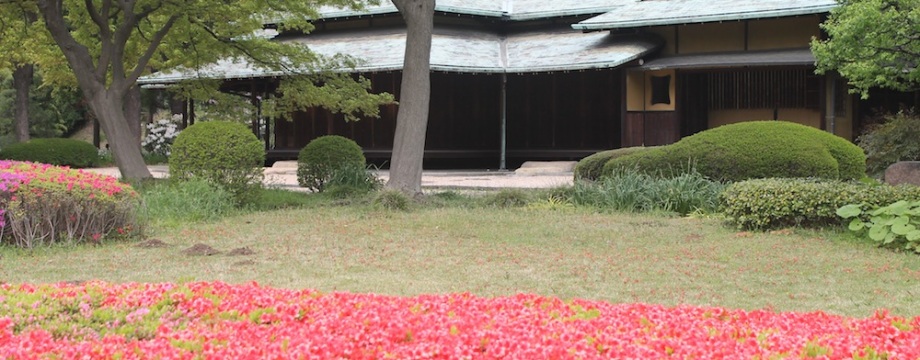

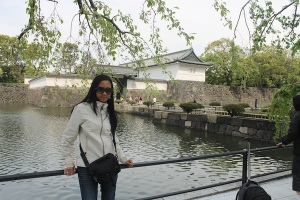
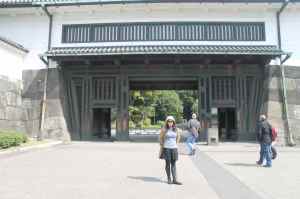
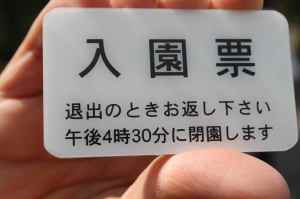

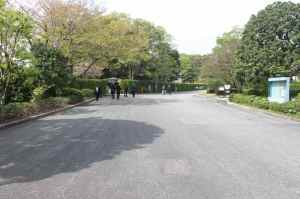

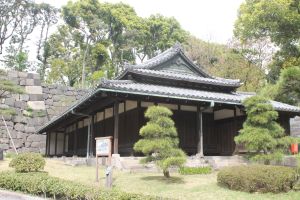
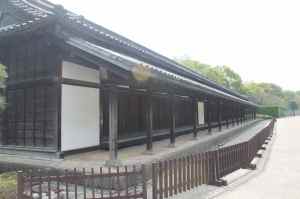

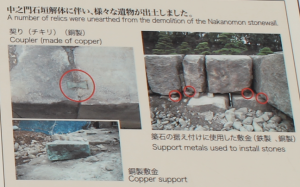

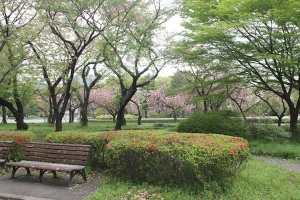
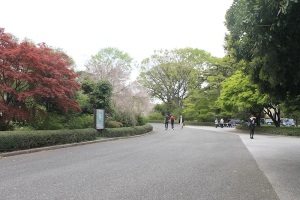


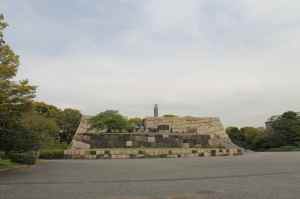



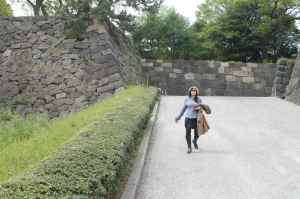
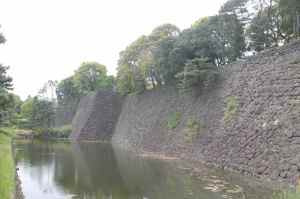
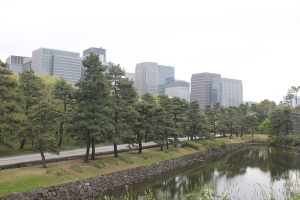
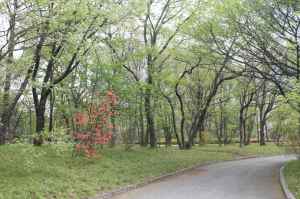
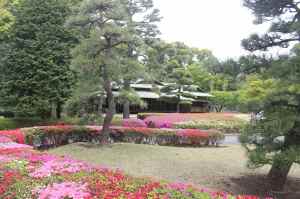
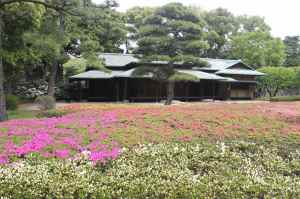
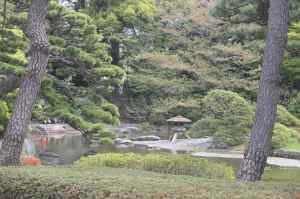
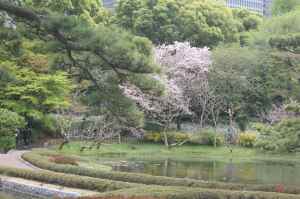
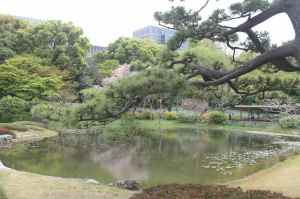
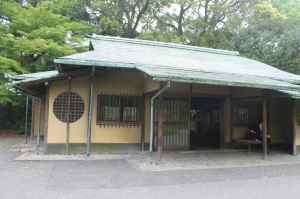
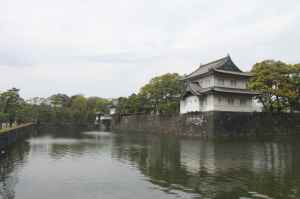
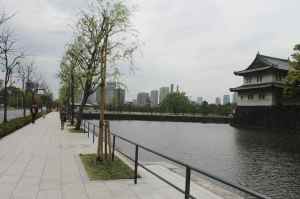
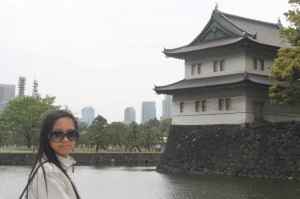

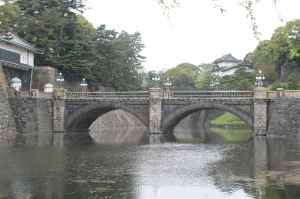
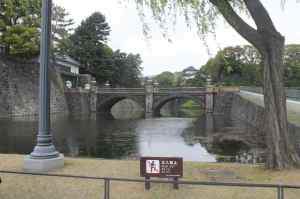
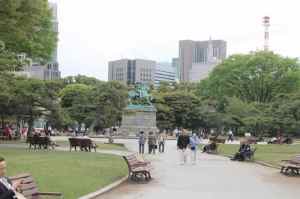
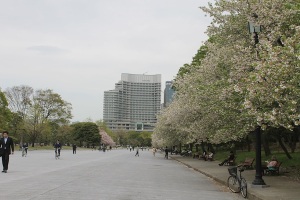
ラグビー ポロ
What is that mean?